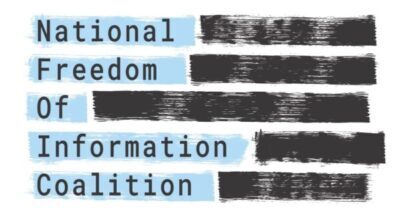The FOIA Improvement Act of 2014 (S.2520) (“FIA”) sets out to make various tweaks to a key federal access to information statute, the Freedom of Information Act (“FOIA”). Below, I overview some of the most significant changes the bill would make, and comment on just how dramatic those would be relative to existing law and practice.
By way of summary, the bill’s marquee innovation would be to import a new balancing test into a FOIA exemption for privileged executive branch memoranda and like materials—thereby making it theoretically a bit easier for more such information to get out into the world than before. And you probably like that, if you want to make it tougher for the executive branch to withhold things like, say, Justice Department legal analyses of controversial FBI investigative powers. Additionally, and among other things, the bill would codify some more disclosure-ish values and practices the Obama Administration adopted early on in its approach to information management, call for broader storage of information in electronic rather than paper form, and add on some more fulsome transparency features.
It remains to be seen whether FIA will become law—or just how the executive branch then would implement FIA’s directives. (All this seems to be a ways off: so far, the proposal has been introduced in the Senate, but seen no other action.) I count four significant alterations to FOIA, which FIA would make after passage by Congress and signing by the President. Continue>>>
======
